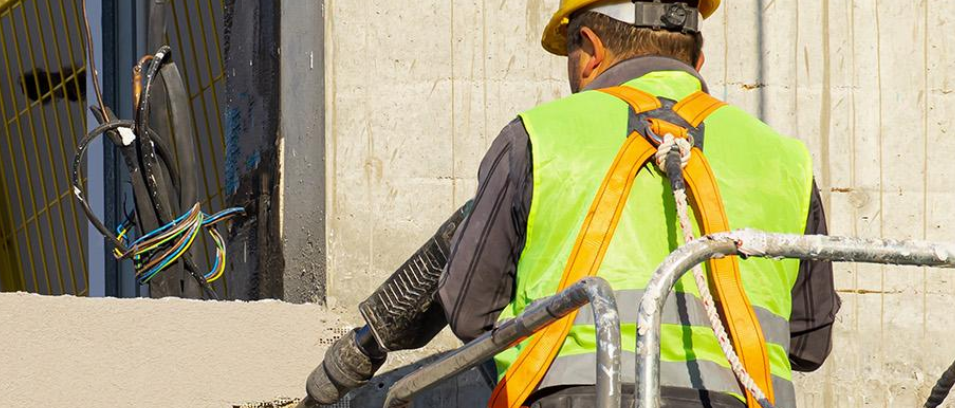
Building the future with self-healing concrete and biocement
After water, concrete is the most widely used substance on Earth. With applications from housing and industry to coastal defence and infrastructure, concrete and cement are at the cornerstone of life, quite literally.
The construction industry is a major contributor to environmental challenges, with cement production alone responsible for up to 8% of global carbon emissions. To address this issue, innovative approaches are being explored to create sustainable and durable construction materials.
One project, ReSHEALience, led by Professor Liberato Ferrara at the Polytechnic University of Milan, focuses on developing ultra-high-durability concrete (UHDC) that can withstand extreme conditions, including marine environments and geothermal energy plants. The concrete contains special additives like crystalline components, alumina nanofibers, and cellulose nanocrystals, promoting self-healing when cracks occur. UHDC has shown promise in applications such as mussel farming, wind-turbine platforms, and even heritage architecture restoration. It offers sustainability benefits by reducing resource use and potentially lasting up to 50 years.
Another project, NOBILIS, explores biocementation, a process where bacteria are used to strengthen soil. This approach reduces the need for traditional earthworks and materials like concrete. Bacteria are stimulated to produce enzymes that bind soil particles together, making it suitable for various geotechnical applications. While challenges exist, such as working with fine-grained soils, ongoing research aims to expand the scope of biocementation. This innovative technique has the potential to reduce carbon emissions and minimize environmental disruptions caused by traditional soil stabilization methods.
Both projects represent a paradigm shift in construction practices, emphasizing sustainability, durability, and novel biological approaches. They offer promising solutions to address the environmental impact of the construction industry and contribute to a more sustainable future.
Read the full magazine article here.
Document Details and Download
- Biocement
- Construction Industry
- environmental Impact
- Innovation in Construction
- Sustainable Concrete






Building the future with self-healing concrete and biocement 0 reviews
Login to Write Your ReviewThere are no reviews yet.